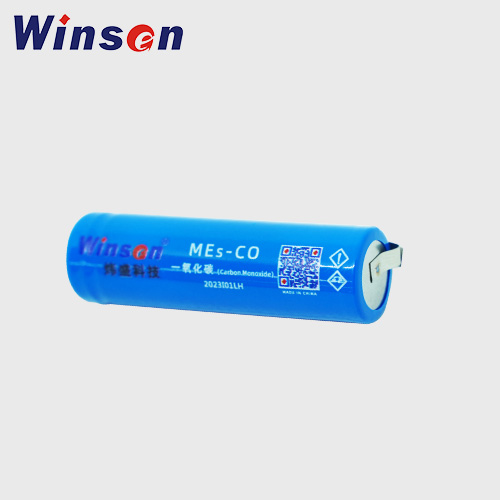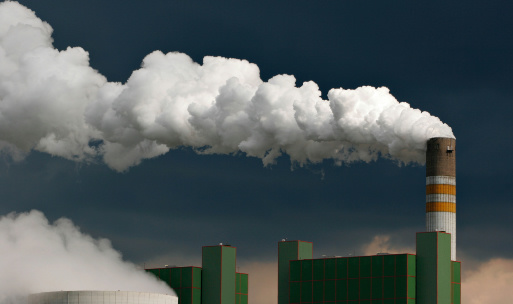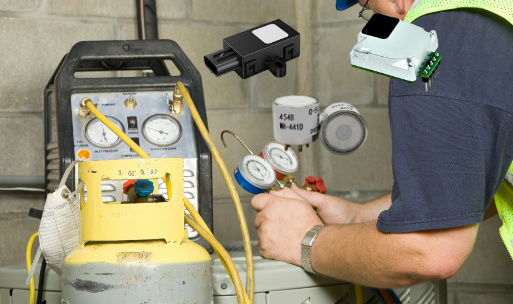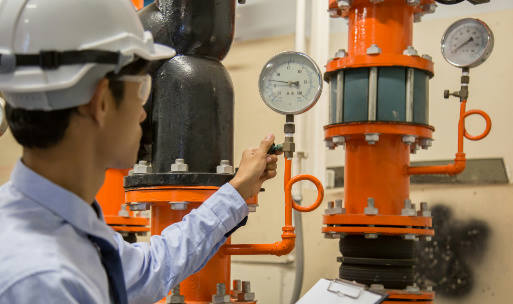Comprehensive Applications of Carbon Monoxide (CO)
Carbon monoxide (CO) is a colorless, odorless gas that plays a significant role in various industries and scientific applications. While it is infamous for its toxicity and potential hazards to human health, CO is also a valuable compound in industrial chemistry, environmental monitoring, medical research, and advanced technological processes. This article explores the comprehensive applications of carbon monoxide, emphasizing its industrial significance, safety considerations, and potential innovations in future technologies.
Understanding Carbon Monoxide
Chemical and Physical Properties
Carbon monoxide consists of one carbon atom and one oxygen atom (CO). It is a diatomic molecule with unique physical and chemical properties:
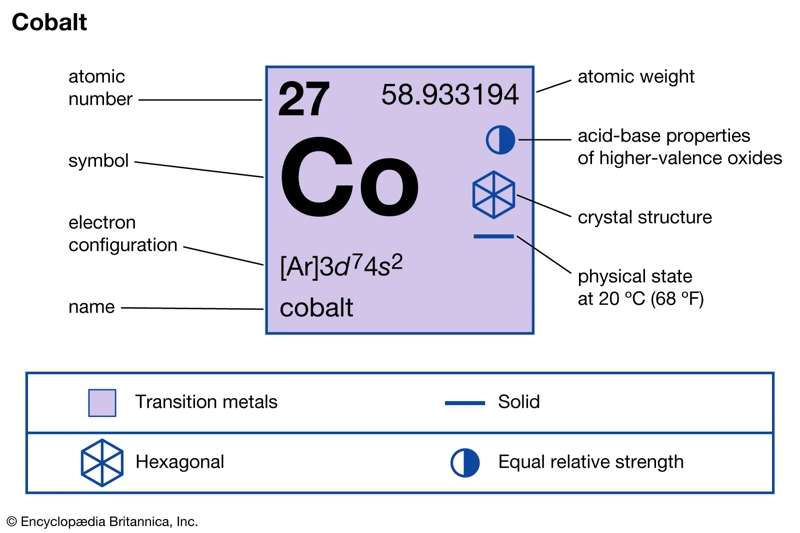 (Sources of britannica.com)
(Sources of britannica.com)- Molecular Formula: CO
- Molecular Weight: 28.01 g/mol
- Melting Point: -205°C (-337°F)
- Boiling Point: -191.5°C (-312.7°F)
- Bond Type: Triple covalent bond, making it stable but reactive under certain conditions.
Natural and Anthropogenic Sources
- 1.Natural Sources: CO is produced naturally through processes like volcanic activity, wildfires, and the breakdown of organic compounds by microbes.
- Human-Made Sources: Combustion of fossil fuels, industrial processes, and incomplete oxidation in vehicle engines contribute to anthropogenic CO emissions.
More About Carbon Monoxide: What Is Carbon Monoxide (CO)
Industrial Applications of Carbon Monoxide
1. Chemical Synthesis
Carbon monoxide is a key reactant in many chemical manufacturing processes:
Production of Syngas:Syngas (a mixture of CO and H₂) is a precursor for producing methanol, ammonia, and hydrocarbons.
- Methanol Production: CO reacts with hydrogen under specific conditions to form methanol, a versatile chemical used in fuel, plastics, and solvents.
- Fischer-Tropsch Process: CO and H₂ are converted into liquid hydrocarbons, providing an alternative to crude oil.
- Carbonylation Reactions: CO is used in the production of acetic acid, which is widely employed in the manufacture of adhesives, textiles, and paints.
- Monsanto Process: Utilizes CO and methanol in the presence of a catalyst to produce acetic acid efficiently.
2. Metallurgy
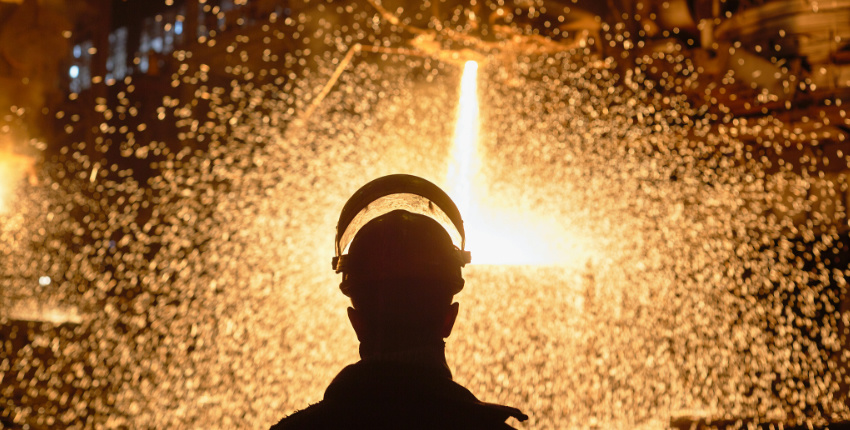
In the steel industry, CO is used as a reducing agent in blast furnaces. It reacts with iron ore (Fe₂O₃) to produce molten iron and carbon dioxide:

This process is essential for steelmaking, a cornerstone of construction and manufacturing industries.
3. Food Preservation
In the food industry, CO is used in modified atmosphere packaging (MAP) to preserve the color and freshness of meats. The gas stabilizes myoglobin in meat, maintaining a bright red appearance that appeals to consumers.
Medical Applications

1. Therapeutic Uses
Despite its reputation as a toxic gas, research has identified potential therapeutic applications of carbon monoxide:
- Anti-Inflammatory Properties: CO has been shown to reduce inflammation and oxidative stress at controlled concentrations.
- Organ Transplantation: Studies suggest that CO can help prevent tissue damage and improve the success rates of organ transplants by inhibiting apoptosis (cell death).
2. Diagnostic Tools
Despite its reputation as a toxic gas, research has identified potential therapeutic applications of carbon monoxide:
- Lung Function Tests: CO is used in diffusion capacity tests to evaluate how well oxygen passes from the lungs into the bloodstream.
- Breath Analysis: Carbon monoxide levels in exhaled breath can serve as biomarkers for smoking and certain respiratory diseases.
Environmental Monitoring
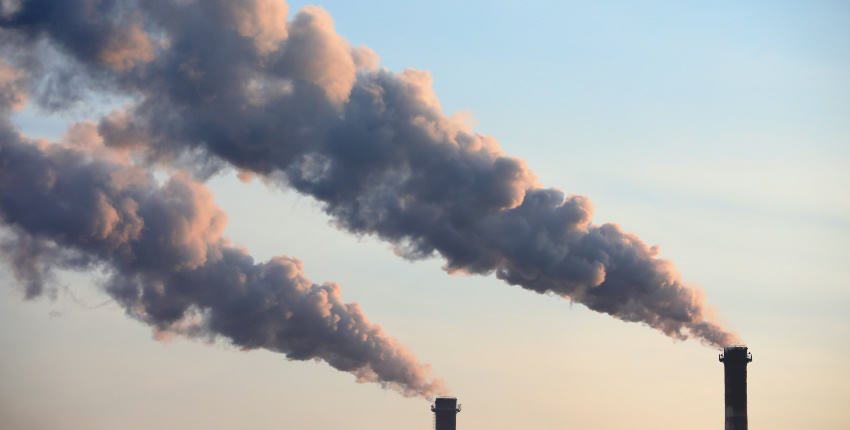
1. Air Quality Assessment
Carbon monoxide is a key pollutant monitored by environmental agencies. Elevated CO levels indicate incomplete combustion and poor air quality, which can pose health risks and contribute to urban smog.
2. Climate Change Studies
Although not a greenhouse gas, CO indirectly affects climate change by interacting with hydroxyl radicals (OH) in the atmosphere. This interaction influences the lifetime of methane, a potent greenhouse gas.
3. Industrial Emission Control
Monitoring CO emissions is crucial for industries to comply with environmental regulations and reduce their carbon footprint. Advanced sensors and detection systems are deployed to track and manage CO release.
Advanced Technological Applications
1. Carbon Capture and Utilization (CCU)
Carbon monoxide is a central component in carbon capture technologies that aim to reduce CO₂ emissions. CO₂ can be converted into CO through processes like electrochemical reduction, and the CO is then used in chemical synthesis.
2. Fuel Cells
CO plays a role in fuel cell technology, where it can act as a fuel source in high-temperature solid oxide fuel cells (SOFCs). These fuel cells are highly efficient and generate electricity with minimal environmental impact.
3. Nanotechnology
In nanotechnology, CO is used as a precursor gas in the production of carbon nanotubes and graphene. These materials have transformative potential in electronics, energy storage, and structural applications.
Safety Considerations
While CO has diverse applications, its toxicity necessitates strict safety measures:
- Health Risks: CO binds with hemoglobin in the blood, forming carboxyhemoglobin, which reduces the blood's oxygen-carrying capacity. Prolonged exposure can lead to symptoms ranging from headaches to death.
- Workplace Safety: Industries using CO must implement ventilation systems, gas detection alarms, and emergency protocols to protect workers.
- Regulations: Agencies like OSHA (Occupational Safety and Health Administration) and EPA (Environmental Protection Agency) set permissible exposure limits and emission standards for CO.
Future Innovations
1. Green Chemistry
Efforts are underway to use renewable energy sources for generating CO from CO₂, paving the way for sustainable chemical processes.
2. Medical Advancements
Ongoing research into CO-releasing molecules (CORMs) aims to harness CO's therapeutic properties without exposing patients to its toxicity.
3. Smart Sensors
Next-generation CO sensors are being developed with higher sensitivity and real-time monitoring capabilities, enhancing safety in industrial and residential settings.
Electrochemical CO Sensor
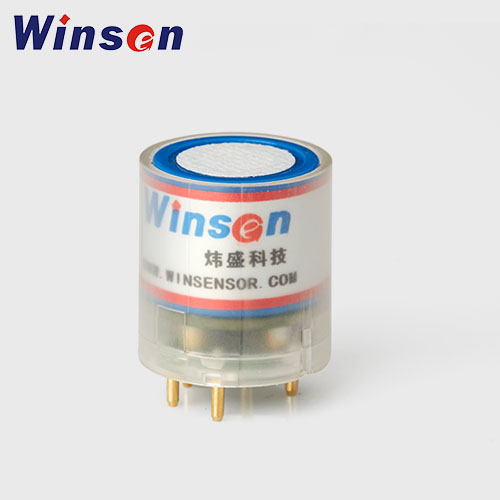
EC Hazardous Toxic Gas Detection Sensor Module ZE03
- CO,O2,NH3,H2S,NO2,O3,SO2, CL2,HF,H2,PH3,HCL, etc.
- See manual
- Read More
Semiconductor CO Sensor
Conclusion
Carbon monoxide, often regarded as a harmful pollutant, is a critical component in many industrial, medical, and technological applications. Its versatility in chemical synthesis, environmental monitoring, and cutting-edge technologies highlights its importance in modern society. However, its toxicity demands stringent safety protocols and continuous innovation to mitigate risks. By leveraging CO responsibly and exploring sustainable practices, we can unlock its full potential while safeguarding human health and the environment.
